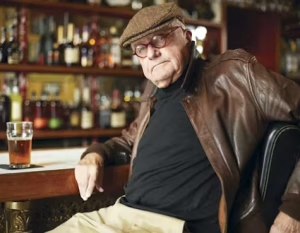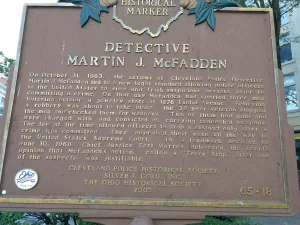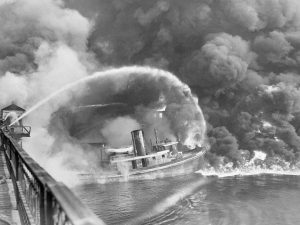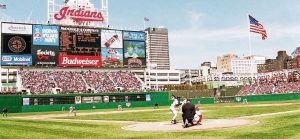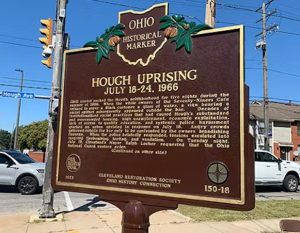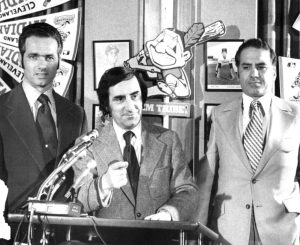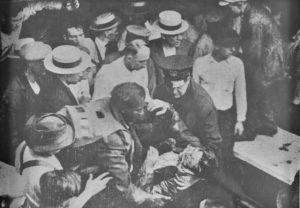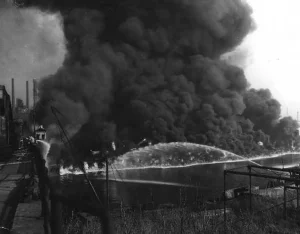
A collection of Cleveland History articles written by Michael D. Roberts
Rockefeller’s Right Hand Man: Henry Flagler
https://teachingcleveland.org/rockefellers-right-hand-man-henry-flagler/
The Man Who Saved Cleveland by Michael Roberts and Margaret Gulley
https://teachingcleveland.org/the-man-who-saved-cleveland-by-michael-roberts-and-margaret-gulley/
“The Election That Changed Cleveland Forever” by Michael D. Roberts
https://teachingcleveland.org/qthe-election-that-changed-cleveland-foreverq-by-michael-d-roberts/
Cleveland in the 1960s – Mike Roberts
https://teachingcleveland.org/cleveland-in-the-1960s-mike-roberts/
Cleveland in the 1970s – Mike Roberts
https://teachingcleveland.org/cleveland-in-the-1970s-mike-roberts/
Cleveland in the 1980s – Mike Roberts
https://teachingcleveland.org/cleveland-in-the-1980s-mike-roberts/
Cleveland in the 1990’s – Mike Roberts
https://teachingcleveland.org/cleveland-in-the-1990s-mike-roberts/
Rockefeller and his Oil Empire by Mike Roberts
https://teachingcleveland.org/rockefeller-and-his-oil-empire/
Making of a Mayor
https://teachingcleveland.org/making-of-a-mayor/

